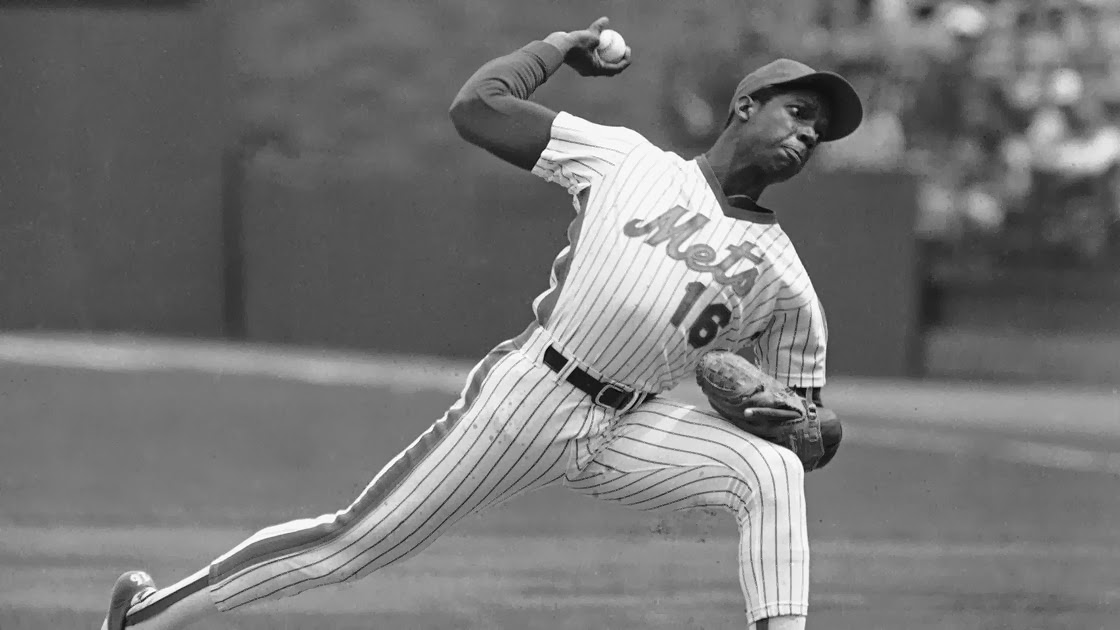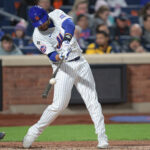
Dwight Gooden was the No. 5 overall draft pick in 1982 and quickly climbed the minor league ranks in 1983. Still, it was impossible to conceive this kind of a first season—one which easily earned him the National League Rookie of the Year.
No Mets pitcher—not Tom Seaver, not Jacob deGrom, and not Matt Harvey—began his career with a better blend of fanfare and success than “Dr. K.”
He established a rookie record for strikeouts, posted an ERA of 2.60, went 17-9, and totally captivated New York City. And he almost didn’t begin the ’84 season in the majors. But Davey Johnson, the new Mets manager who saw Gooden up close when the teenager helped Johnson’s Triple-A Tidewater club to the Minor League World Series title, insisted upon it.
He started him on April 7, 1984. The 19-year-old would embark on a debut season as spectacular as any in baseball history. With his blazing fastball, Doc sat down opposing hitters, many upwards of ten years his senior, at an astonishing clip. His vast collection of strikeouts coupled with a high win total and the assortment of other impressive stats put him a close second in the NL Cy Young Award voting.
Although he was rather inconsistent over the first two months of the regular season, Gooden was consistently electric from June 1 on. Before long, his home starts at Shea Stadium became must-see events. He was named an All-Star—the youngest ever. In the fifth inning of the Midsummer Classic at Candlestick Park, he struck out the American League in order.
Gooden went on to win eight of his final nine starts and racked up 41 strikeouts with just one walk in his final three outings. His most memorable performance came in early September against eventual division champion Chicago. Doc limited the Cubs to one infield single while fanning 11 and further bolstering his Rookie of the Year credentials.
While Gooden’s 276 strikeouts were impressive, the rate at which he punched out hitters was even more startling. His 11.4 K’s every nine innings would be the highest for his career. Of the 879 batters he faced in ’84, 31.4 percent ended in a strikeout. When the Rookie of the Year voting was conducted, it was 100 percent.
There is a direct correlation between the infamous Seaver trade to Cincinnati in June 1977 and the moment when Shea, for all intents and purposes, went dark. While Keith Hernandez and Darryl Strawberry ensured the return of attitude and power with their arrival in 1983, it was Gooden—at 19—who brought the electricity back.















